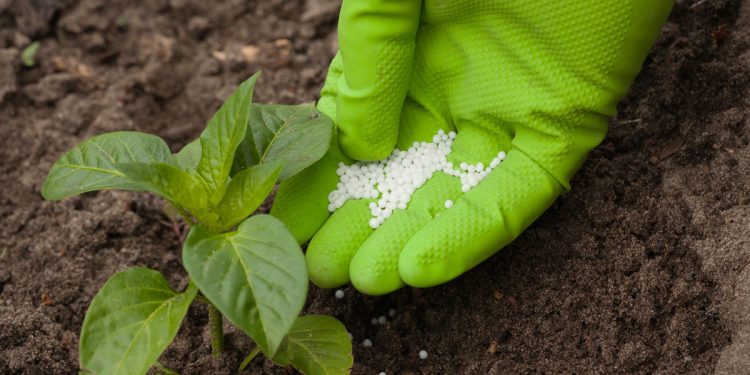#Potatocultivation #Fertilizermanagement #Nitrogenfertilization #Regulatorycompliance #Sustainableagriculture #Cropyieldoptimization #Environmentalstewardship
In both Europe and Spain, agricultural practices, including potato cultivation, are encountering increasing complexities due to restrictions on fertilizer use. Potatoes, known for their high nutrient demand, particularly highlight the significance of effective fertilization management in achieving optimal yields. Among the essential macronutrients, nitrogen stands out for its critical role and challenges in application.
Unlike phosphorus and potassium, nitrogen presents unique challenges due to its high mobility in soil, making it prone to losses and complicating its management. The dynamic nature of nitrogen compounds in soil underscores the importance of precisely tailored fertilization strategies to meet plant demands throughout the growth cycle, especially considering the shallow root system of potatoes.
Applying nitrogen excessively during periods of high temperature and humidity or late in the growth cycle can prove counterproductive, leading to increased disease susceptibility, excessive vegetative growth, and reduced tuberization quality. Moreover, it can elevate sugar and protein content, diminishing the proportion of marketable potatoes.
The evolving regulatory framework, whether at regional, national, or European levels, necessitates a finer approach to potato fertilization. Legislative measures aimed at mitigating environmental impacts, such as restrictions on less efficient fertilizers like urea, underscore the need for precision and efficiency in nutrient management.
Recent decades have witnessed significant strides in fertilizer research, culminating in the development of more efficient formulations with reduced carbon footprints. These advancements enable prolonged nutrient availability and uptake, thereby enhancing nitrogen fertilization efficiency and minimizing environmental risks.
Practical solutions abound for farmers seeking to optimize potato yields amidst regulatory and environmental challenges. Collaborative research efforts have demonstrated the efficacy of cutting-edge fertilizers, showcasing notable yield improvements in both sprinkler and drip irrigation systems. For instance, trials conducted in partnership with research institutions have reported yield increases of up to 14% (alongside an 11% increase in average potato size) in fertigation systems and 30% in sprinkler irrigation systems.
As agriculture grapples with evolving regulatory landscapes and environmental imperatives, adopting precision fertilization practices emerges as a cornerstone for sustainable potato cultivation. Leveraging innovative fertilizers and tailored application techniques not only enhances yield and quality but also reinforces the industry’s resilience in meeting future challenges.

